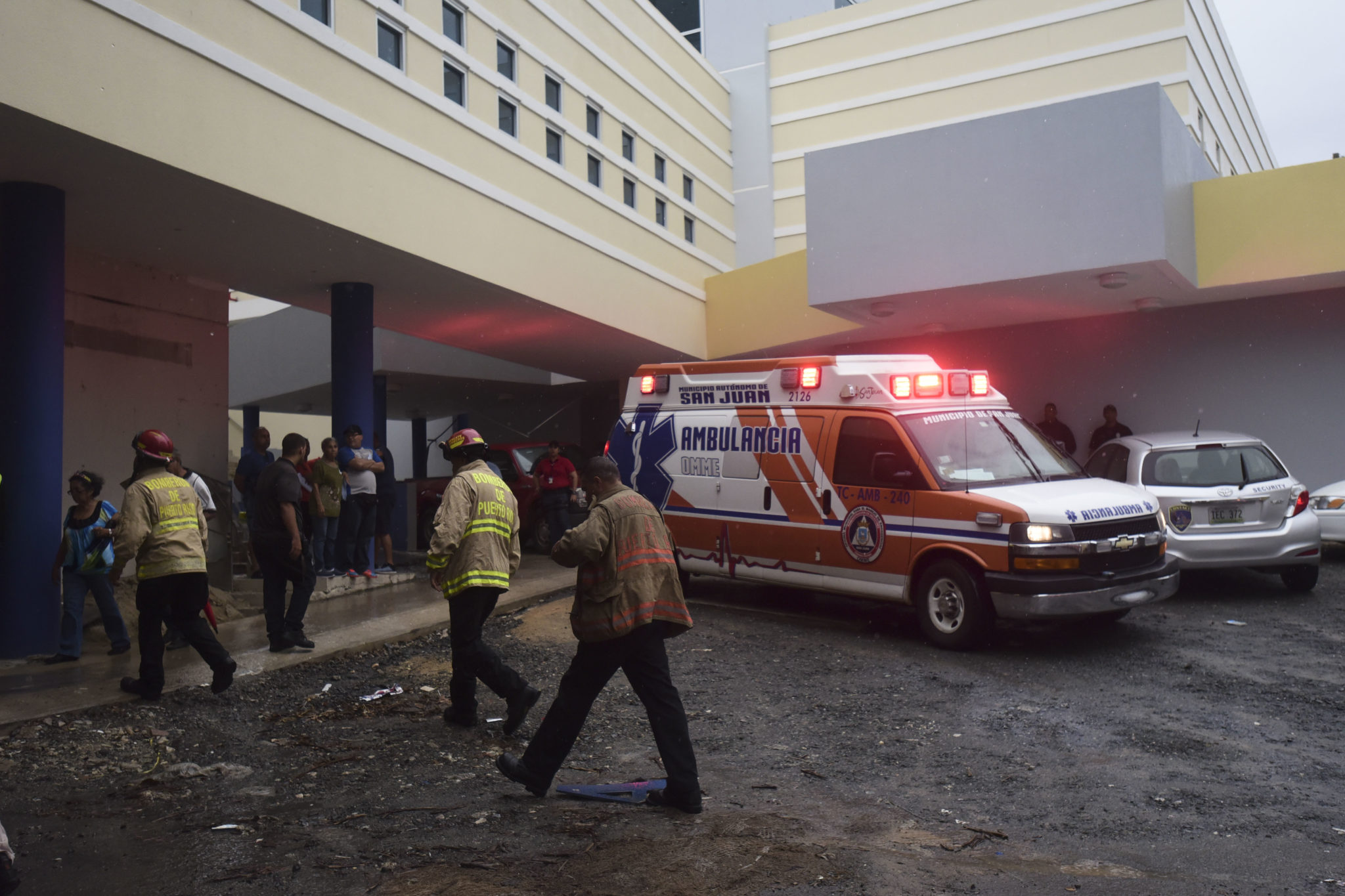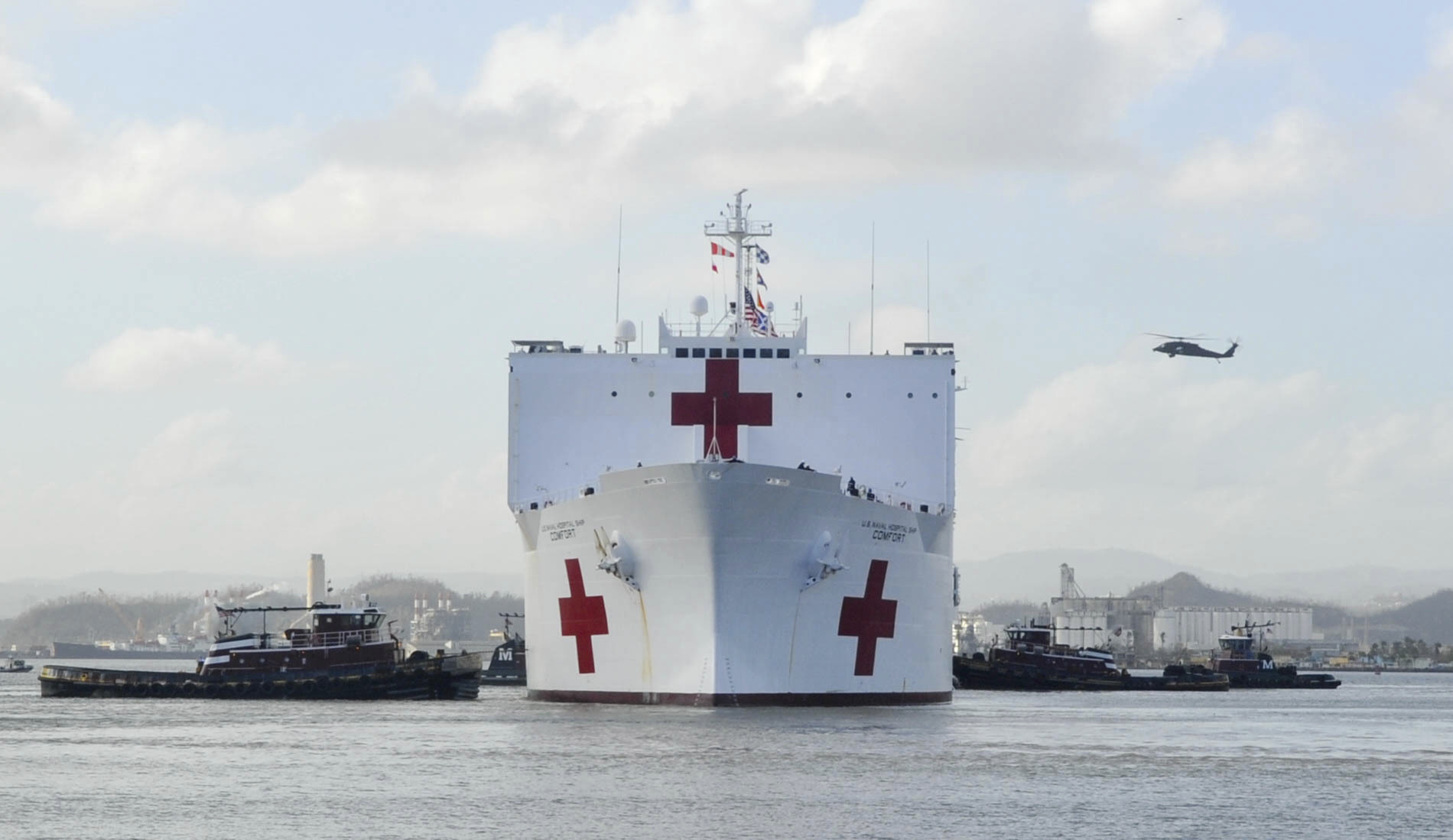When Dr. Robert Fuller flew into hurricane-ravaged Puerto Rico and traveled around to assess some 30 medical clinics on the island, he asked the same question at each location: What do you need?They all had the same answer: fuel, a generator, and cash.It’s been over two weeks since Hurricane Maria hit, and Puerto Rico’s health system remains badly crippled. Access to clean water and electricity is scarce, and the risk of water-borne and mosquito-borne illnesses is growing amid the deadly combination of unsanitary conditions in areas with little to no access to aid.The death toll doubled last week from 16 to 34, and 25 of the island’s 69 hospitals were connected to the power grid as of Monday, according to the office of Gov. Ricardo Rosselló. Though progress has been made, largely in the capital San Juan, the hurricane decimated power lines and left over half of the population without running water.“We all worry about that. People are drinking streamwater,” said Fuller, who described seeing Puerto Ricans using PVC pipes to capture natural water from rivers and streams. “The biggest advance in human healthcare ever is modern septic systems,” Fuller added. “That underpinning of good human health is going to be stressed, challenged, and lost in some places.”Fuller, a professor of traumatology and the chair of the Department of Emergency Medicine at the University of Connecticut, traveled to Puerto Rico with the International Medical Corps, a nongovernmental organization he’s volunteered with intermittently for 12 years. He and two other doctors spent 10 days conducting an assessment of the island’s infrastructure, returning to the mainland Thursday morning. Fuller says Hurricane Maria is the only United States disaster zone he’s been deployed to, outside of New York after 9/11.Dr. Sven Rodenbeck, the chief senior officer for Centers for Disease Control and Prevention’s 2017 hurricane response, is worried about the dangers of exposure to contaminated floodwaters in the aftermath.“Shortly after the hurricane passes, mold will start to form inside flood-damaged and un-air-conditioned buildings,” Rodenbeck told VICE News. “Coming in contact with and breathing in mold spores is especially concerning for those with asthma and those with weakened immune systems (such as people receiving treatment for cancer).”Dr. Juan Bibiloni, a doctor at el Centro Medico in Puerto Rico, was on call for trauma when the hurricane hit. He told VICE News that when the power went out, they had to stop operating in the main emergency room because the air conditioner wasn’t working. Temperature is critical in terms of stopping the spread of contamination, Cartagena said, and without generators, they can’t work safely.
“The biggest advance in human healthcare ever is modern septic systems,” Fuller added. “That underpinning of good human health is going to be stressed, challenged, and lost in some places.”Fuller, a professor of traumatology and the chair of the Department of Emergency Medicine at the University of Connecticut, traveled to Puerto Rico with the International Medical Corps, a nongovernmental organization he’s volunteered with intermittently for 12 years. He and two other doctors spent 10 days conducting an assessment of the island’s infrastructure, returning to the mainland Thursday morning. Fuller says Hurricane Maria is the only United States disaster zone he’s been deployed to, outside of New York after 9/11.Dr. Sven Rodenbeck, the chief senior officer for Centers for Disease Control and Prevention’s 2017 hurricane response, is worried about the dangers of exposure to contaminated floodwaters in the aftermath.“Shortly after the hurricane passes, mold will start to form inside flood-damaged and un-air-conditioned buildings,” Rodenbeck told VICE News. “Coming in contact with and breathing in mold spores is especially concerning for those with asthma and those with weakened immune systems (such as people receiving treatment for cancer).”Dr. Juan Bibiloni, a doctor at el Centro Medico in Puerto Rico, was on call for trauma when the hurricane hit. He told VICE News that when the power went out, they had to stop operating in the main emergency room because the air conditioner wasn’t working. Temperature is critical in terms of stopping the spread of contamination, Cartagena said, and without generators, they can’t work safely. Still, aid is trickling in. On Wednesday, the USNS Comfort, a 900-foot floating hospital, arrived in San Juan, equipped with over 800 medical personnel, X-rays, and surgical capacity to supplement relief efforts.“Working with the Army and the hospital, we were able to reduce transport times for critically ill patients,” said Lt. Cmdr. Christopher “Harm” Perry, both an emergency physician and a naval aviator on the Comfort. “This is the mission we have all been training for.”
Still, aid is trickling in. On Wednesday, the USNS Comfort, a 900-foot floating hospital, arrived in San Juan, equipped with over 800 medical personnel, X-rays, and surgical capacity to supplement relief efforts.“Working with the Army and the hospital, we were able to reduce transport times for critically ill patients,” said Lt. Cmdr. Christopher “Harm” Perry, both an emergency physician and a naval aviator on the Comfort. “This is the mission we have all been training for.”
Advertisement

Advertisement
